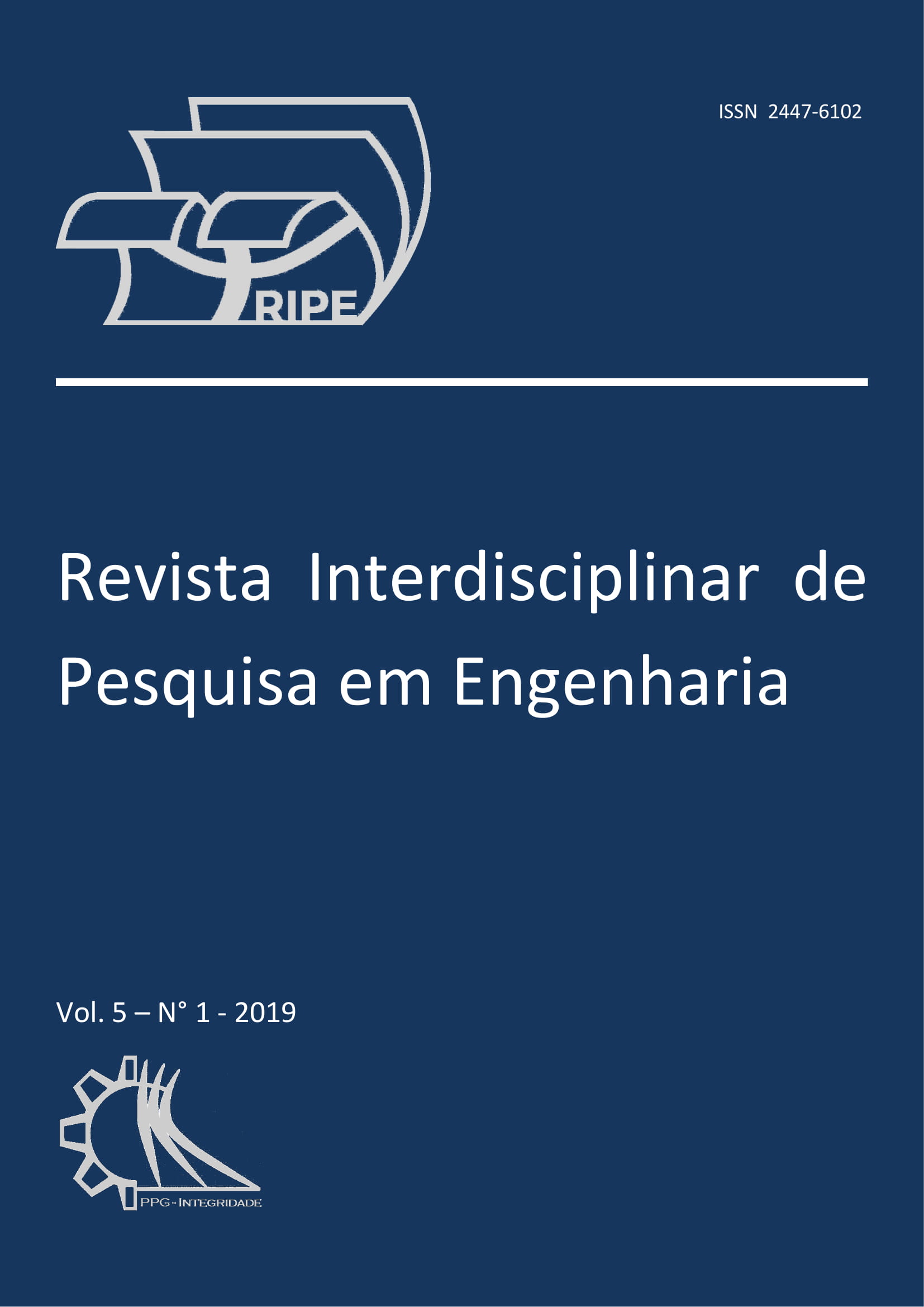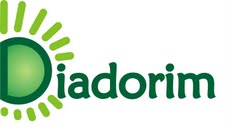NUMERICAL STUDY FOR OBTAINING THE REASON OF THE FINAL APPEARANCE OF A FLIP IN THE FUSION PROCESS OF PHASE CHANGE MATERIAL (PCM)
DOI:
https://doi.org/10.26512/ripe.v5i1.19149Keywords:
Phase change material (PCM). Numerical simulation. Optimization. Aspect ratio.Abstract
With the increasing use of renewable energy sources, several studies on the use of phase change materials (PCM) have gained worldwide prominence. Many of these focus on their use in cavities. For an internally finned rectangular cavity containing the lauric acid PCM in the melting process, this work aims to verify the influence of the fin aspect ratio, as well as, by geometric optimization, determine the optimum aspect ratio, which will minimize the time of the PCM melting process. For the cases studied, the fin is positioned horizontally in the center of the right wall of the cavity, its dimensions being altered by varying its aspect ratio, for a fraction area of 0.01. Numerical simulations were performed in Fluent software, with the mathematical model based on equations of mass conservation, momentum and energy conservation. In the phase change process the enthalpy-porosity model was used. The mathematical and numerical models were validated based on experimental results obtained from the literature. The computational meshes were evaluated through the GCI method, where it obtained an index of 1.9 % in relation to the mesh used. The results of liquid fraction as a function of time showed that there was a reduction of approximately 19 % in the total time of the PCM fusion process, between the aspect ratios of 0.026 and 0.6, respectively. Thus, for this study, the lowest aspect ratio was obtained as the optimal aspect ratio for the fin.
Downloads
Downloads
Published
How to Cite
Issue
Section
License
Copyright (c) 2019 Revista Interdisciplinar de Pesquisa em Engenharia

This work is licensed under a Creative Commons Attribution-NoDerivatives 4.0 International License.
Given the public access policy of the journal, the use of the published texts is free, with the obligation of recognizing the original authorship and the first publication in this journal. The authors of the published contributions are entirely and exclusively responsible for their contents.
1. The authors authorize the publication of the article in this journal.
2. The authors guarantee that the contribution is original, and take full responsibility for its content in case of impugnation by third parties.
3. The authors guarantee that the contribution is not under evaluation in another journal.
4. The authors keep the copyright and convey to the journal the right of first publication, the work being licensed under a Creative Commons Attribution License-BY.
5. The authors are allowed and stimulated to publicize and distribute their work on-line after the publication in the journal.
6. The authors of the approved works authorize the journal to distribute their content, after publication, for reproduction in content indexes, virtual libraries and similars.
7. The editors reserve the right to make adjustments to the text and to adequate the article to the editorial rules of the journal.










